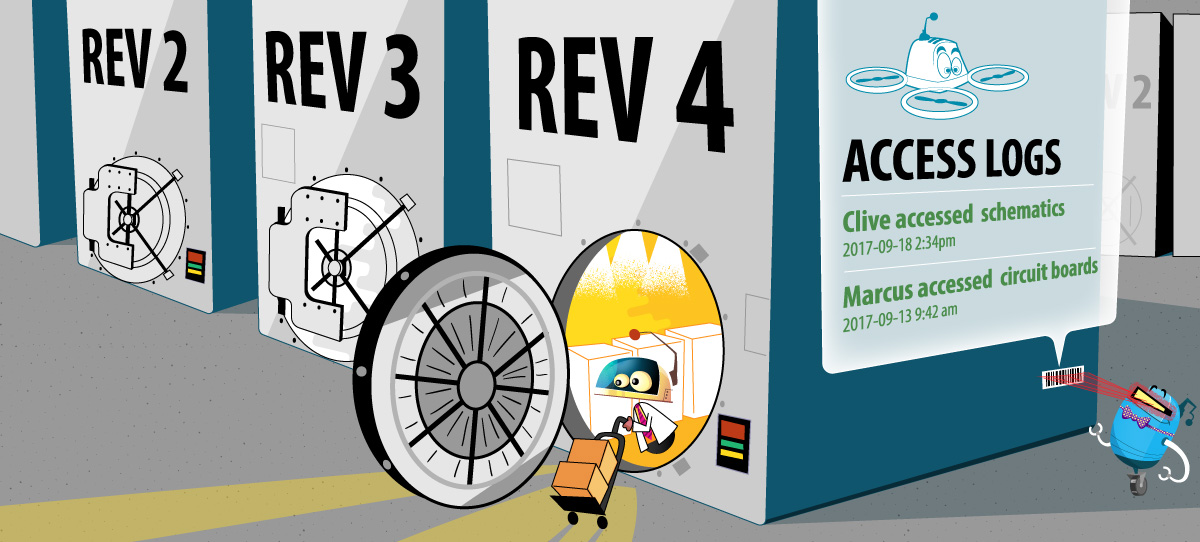Quarterly emails will be sent to your organization’s administrator summarizing data retention removal actions and provide a reminder to adjust your settings if you’d like to avoid these removals.
If you set your data retention to 5 years and you have been with Aligni for 5 or more years, Aligni will remove data (see details below) that is older than 5 years.
You may change your data retention setting at any time but data that has already been removed cannot be retrieved or restored.
Billing
Data retention is billed based on the number of years of data retention that are required for your organization. In your subscription settings, you set the maximum number of years of data retention that you need for your organization. We then bill you for the actual number of years required.
For example, if you set your data retention setting to 10 years but you have only been using Aligni for 2 years, you will only be billed for 2 years of data retention.
Note that additional data retention (beyond one year) is not available on the Lite plans. If you need additional record retention, you will need to upgrade to a Basic or Pro plan.
Record Removal Behavior
The behavior of Aligni’s data retention removal is dependent on the type of record and its typical lifecycle. These behaviors are described below.
Records Subject to Data Retention Removal
The records listed below are subject to the data retention removal process. Unless otherwise noted, these records are deleted according to the data retention interval specified for your organization.
- Change Entries – These capture the minor changes to records such as builds, contacts, manufacturers, parts, purchases, relationships, vaults, and vendors.
- Discussion Comments – Ephemeral discussions. Most discussions are considered ephemeral. Attachments should be used for a more persistent storage of notes or comments related to records. Attachments are not subject to the data retention removal unless the parent record is removed.
Excluded from this are comments necessary for the permanent record:- ECR Comments
- ECO Comments
- Finalized ActiveQuotes – ActiveQuotes records and the corresponding quotes are removed.
- Finalized Builds
- Finalized Inventory Adjustment Batches
- Finalized Purchases – Purchases remain until they are received in full (closed), but are subsequently subject to removal.
- Quotes – Manually-entered quotes are removed.
- Inventory History – All inventory history records such as adjustments and transfers.
- Inventory Transfers
Ephemeral Records Subject to Short Term Retention
The records listed below are subject to short term retention and are not maintained for the full data retention interval setting.
- Event Logs – Ephemeral event logs such as API logs are removed. These logs are removed after 30 days.
- Vault Logs – Log entries associated with vaults are removed after 360 days.
Records Not Subject to Data Retention Removal
Many records have historical information that is considered to be core to the functionality and intent of the record. These records are not subject to data retention removal processes and remain intact as long as your subscription remains in good standing:
- Engineering Change Management – ECM records and their associated discussions.
- Item Revisions – All revisions of items (including drafts).
- Attachments – All attachments associated to an item or item revision.
- Vaults – All vaults attached to all items and item revisions.
Stale Record Removal
In addition to the data retention policy above, several incomplete or draft records are removed if they are left in this state for more than 60 days. Record removal occurs automatically once per month. The following records are subject to stale record removal:
- Inventory Adjustment Batches – Any uncompleted batches that are not “touched” are subject to removal.
- Purchases – Purchases left in the draft state are subject to removal.
- Quote Requests – Quote requests left in the draft state are subject to removal.
You can review the stale record removal state by visiting the Data Retention page in your organization settings. A stale record removal email is also sent monthly with a list of stale records.
To prevent a record from being removed, simply “touch” the record with a minor change and it will be refreshed.



